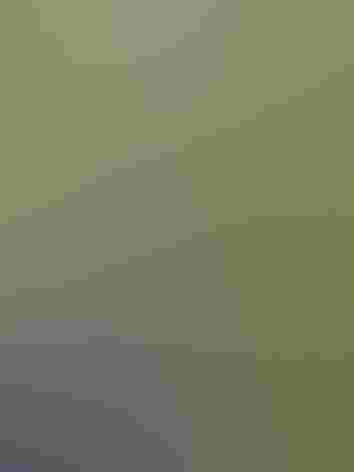Emperor Goose
At a Glance
This tidewater goose of the Bering Sea region seems less wary than most other geese. Uncommon and localized, it ordinarily migrates only short distances, from the Alaskan and Siberian tundra to the Aleutian chain; only a few stragglers are seen south of Alaska. Generally does not mix with other geese, and usually travels in small groups, although large numbers may concentrate at a few key spots in migration and winter.
All bird guide text and rangemaps adapted from by Kenn Kaufman© 1996, used by permission of Houghton Mifflin Harcourt Publishing Company. All rights reserved.
Category
Duck-like Birds, Ducks and Geese
IUCN Status
Near Threatened
Habitat
Coasts and Shorelines, Freshwater Wetlands, Saltwater Wetlands, Tundra and Boreal Habitats
Region
Alaska and The North, California, Northwest, Western Canada
Behavior
Direct Flight, Swimming
Population
98.000
Range & Identification
Migration & Range Maps
Short-distance migrant. Often migrates in large flocks. Timing of migration affected by weather. In spring and fall, flocks may stage for several weeks in large lagoons on north shore of Alaska Peninsula before moving on to breeding areas on west coast of Alaska or wintering areas in Aleutians.
Description
26-28" (66-71 cm). Somewhat similar to Blue Goose" (blue morph of Snow Goose) with gray body and white head, but has black foreneck and chin, scaly pattern on body. Juvenile in first fall has all-dark head, neck, and bill.
Size
About the size of a Heron, About the size of a Mallard or Herring Gull
Color
Black, Brown, Gray, Pink, White
Wing Shape
Pointed, Tapered
Tail Shape
Rounded, Short, Square-tipped
Songs and Calls
Loud musical notes, kla-ha, kla-ha, kla-ha.
Call Pattern
Flat, Undulating
Call Type
Croak/Quack, Scream
Habitat
In summer, tundra; in winter, rocky shores, mudflats. Closely tied to salt water at all seasons. Most nesting areas on low marshy tundra within 10 miles of coast, near sloughs and rivers affected by tides. Flocks in migration stop over on large coastal estuaries. In winter, found along shorelines. Autumn strays south to Oregon and California may appear well inland.
Sign up for ÃÛèÖAPP's newsletter to learn more about birds like the Emperor Goose
Behavior
Eggs
4-6, sometimes 2-8. Creamy white, becoming nest-stained. Females frequently lay eggs in each others' nests. Incubation is by female only, typically 24 days, up to 27.
Young
Goslings can walk and swim within hours after hatching, usually leave nest in less than a day, following parents to good feeding areas that may be several miles from nest site. Both parents tend young. Adults with broods adopt a threat posture with neck outstretched and bill pointed toward source of disturbance. Young fledge in 50-60 days.
Feeding Behavior
On breeding grounds, forages mostly on land, grubbing for roots, grazing on fresh growth. During migration and winter, forages on mudflats exposed by falling tides, walking on wet mud or in shallow water.
Diet
Varies with season. On breeding grounds, mostly plant material: roots and bulbs early in season, fresh growth of sedges and other plants during summer. In late summer, may feed on crowberry or blueberry. During migration and winter feeds heavily on clams and mussels, also on marine algae and other plants.
Nesting
May mate for life, and pairs seem to be formed before arrival on breeding grounds. Nest site on small island in pond, raised hummock or shoreline, surrounded by low dead vegetation but with good visibility. Nest is a shallow scrape lined with dead plant material and with large amounts of down.
Conservation
Conservation Status
Threatened. Alaska population, estimated at 139,000 in 1964, declined to 42,000 by 1986, then was estimated at 85,000 in 2001. Causes for declines are not well understood; may be related to hunting, possibly also to oil pollution in wintering areas. Status of Siberian population not well known, but apparently declining for much of 20th century. As a coastal breeder in the far north, probably quite vulnerable to the effects of ÃÛèÖAPP change.
Climate Threats Facing the Emperor Goose
Choose a temperature scenario below to see which threats will affect this species as warming increases. The same ÃÛèÖAPP change-driven threats that put birds at risk will affect other wildlife and people, too.




